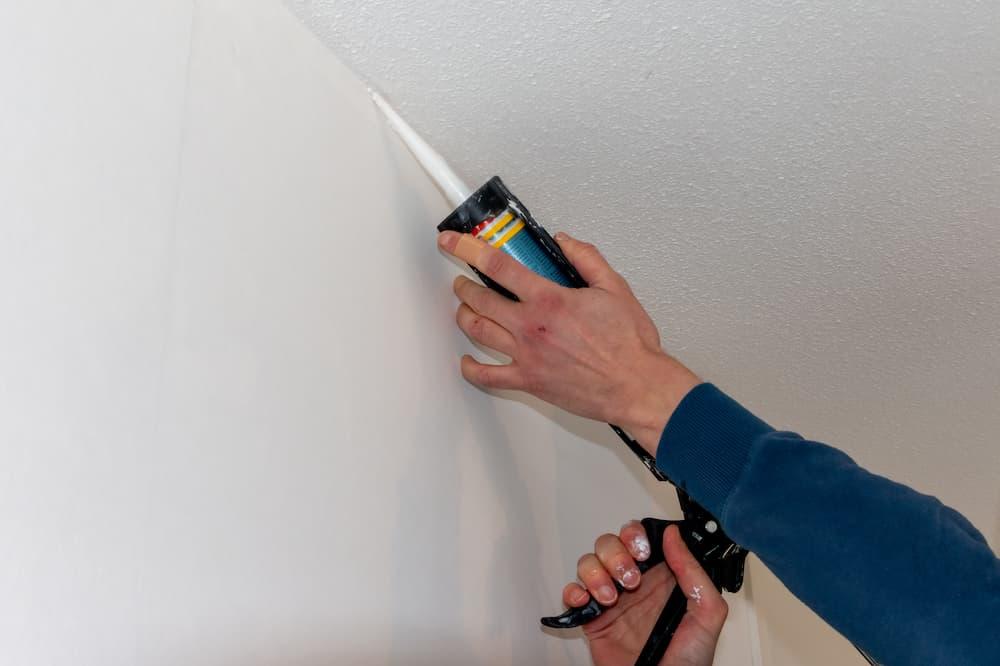Tips On How To Use Sealant Finishing Tools
There is a selection of sealant finishing tools available on the market, including here at GGR Glass. Sometimes referred to as caulking tools, these handy tools prove to be the essential tools for the perfect finish of all kinds of sealants for all kinds of sealing purposes.
This blog post will explain all about sealant finishing tools and the top tips on how to use them correctly. Whether you are in the glazing industry or not, we will teach you how to achieve that perfect and professional finish using sealant finish tools so you can have that neat industry standard.
What Is A Sealant Finisher?
A sealant finishing tool is a must-have tool in any glazers toolbox. Sealant finishers can come in a variety of shapes and sizes, complete with different angles for sealing at different angles. They help to smooth out and shape newly applied sealant, helping to create a neat and tight seal.
These tools are handy and are conveniently inexpensive for such a must-have tool. It is useful to have several finishing tool options in different sizes featuring different angles so you can create the perfect seal for any sealant job.
Useful in both commercial and domestic settings, these tools come in a variety of different forms, including handheld devices as well as handle devices that can be mounted onto a pole for finishing horizontal and vertical joints in those hard-to-reach places. Take a look at the best sealant finishing tools available from GGR Glass through our website.
What Are Sealant Finishing Tools Made Out Of?
You will often find sealant finishing tools made out of hard plastic, rubber or sometimes stainless steel.
All these materials work effectively with the overall purpose of providing enough flexibility to glide over a fresh bead of sealant without making a mess and creating that seamless finish.
Reasons Why You Should Use A Finishing Tool
When squeezing sealant into a joint or crack, it will undoubtedly be rough when being dispensed, in order to create a smooth finish it must be smoothed down before the sealant sets - this is when a finishing tool comes in handy, this easy-to-use tool makes smoothing sealant a breeze and even an enjoyable and satisfying task.
A sealant finishing tool not only smooths out the bead of sealant but also trims the excess caulk away and forces it securely down a crack or joint, which will ensure an airtight and waterproof seal - something that is absolutely essential when glazing as well as with bathroom and kitchen sealing jobs too.
What Sealant Finishing Tools Can Be Used on
It is not just the glazing industry that benefits from sealant and sealant finishing tools. Sealant and sealant tools can be useful with anything that requires a tight waterproof seal, particularly useful in the plumbing industry too, and the fitting of bathrooms and kitchens.
Sealant tools are best known for creating a smooth edge around windows and doors, as well as toilets, taps, baths and sinks - providing these tools are multi-use and a key in many workpersons’ toolboxes.
Tips On How To Get A Smooth Finish On Your Sealant
Caulking or sealing can be a messy job, especially when you are inexperienced or do not do it regularly. By following these important to remember tips you are sure to achieve a professional-looking seal.
Masking Tape
If you want to achieve a clean and straight line without the stress of keeping a steady hand, then masking tape will be your best friend.
Apply the tape so it covers both sides of the line to be sealed and apply the sealant across the tape to achieve that straight line. You must remove the tape before the sealant is dry so the masking tape doesn’t stick to the sealant once set.
Using a Finger
This is a handy tip if you do not own a sealant finishing tool or do not have one to hand. This is an old-fashioned method but is still as effective as some other tools if the angle is right.
It is best to dip your finger into white spirit to stop the sealant from sticking to your skin, then you want to run your finger along with the sealant bead with even pressure so that it smooths down whilst pushing it into the gap.
If you don’t have the white spirit to hand you can always just dampen it in some water and don’t let your finger get too gunked up with caulk as this will not result in a smooth finish. Wipe your finger clean on a cloth or paper towel when you need to be whilst you work.
Things To Remember
When you are applying sealant you should always apply a continuous bead, this helps the sealant tools create that sought-after smooth finish.
Never apply new silicone sealant over old sealant - in most cases, the old sealant will have spoiled meaning that no matter how much new sealant you apply over the top, the issue will still persist, whether the issue is a leak or mould and mildew has grown due to the sealant being old.
Therefore it is always best practice that you remove old sealants before applying new ones. Old sealant over new will also look incredibly messy, unprofessional and unappealing.
It is important to remember that silicone sealant becomes dry to the touch within just 30 minutes of application but takes one to ten days to completely dry. Temperature, humidity and ventilation can affect the drying process of sealant once finished by a finishing tool.
To Conclude
Whether you are in the glazing industry or are an amateur, you will now know some top tips on using sealant finishing tools to achieve that smooth finish with silicone sealant.
If you have any questions about glazing tools or sealant tools then at GGR we will always be happy to help. We also have endless amounts of glazing products available on our website so be sure to check them out.






